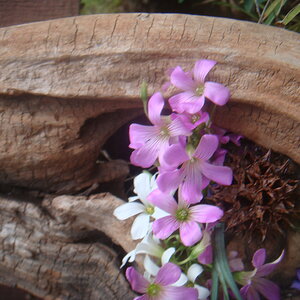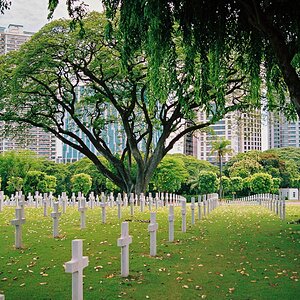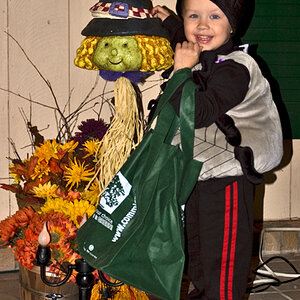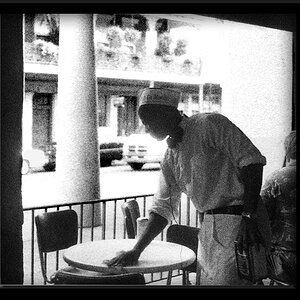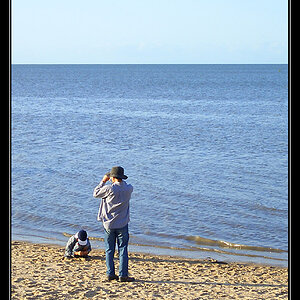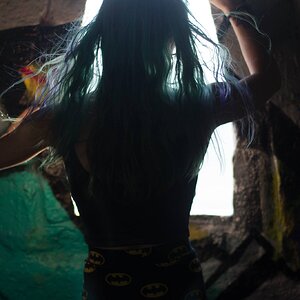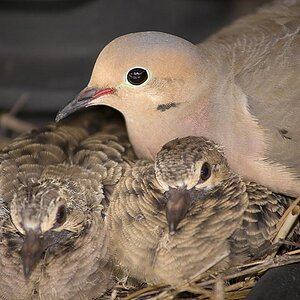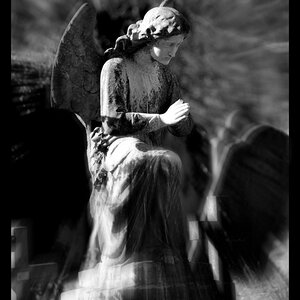Walrus
TPF Noob!
- Joined
- Mar 22, 2014
- Messages
- 27
- Reaction score
- 3
- Location
- Canada
- Can others edit my Photos
- Photos OK to edit
Hi everyone,
To start, I'm very much a beginner. While I've garnered some experience taking pictures, I have little knowledge of photography. I'd like to change this.
I recently came into some money, some of which will be allocated to hobbies (including photography). I will be enrolling in university next term, so I won't have much expendability as far as money's concerned for a long while. As such, I'd like to get myself a nice lens or two to accompany my Canon Rebel T3I, which I hope will tide me over for some time. The only problem is that, due to my limited understanding of photography's more technical aspects, I'm not sure where to start. This is where I hope to garner your collective insight.
I'm most interested in nature photography (animals) and landscapes. I realize that different lenses are ideal for both, but I'd be willing to buy two as long as it doesn't break the bank. Speaking of which, I have a budget of $1000.00 (for each). The T3I, I realize, is basically an entry-level DSLR, and I'd like to someday upgrade. It would be great if these lenses could be used with whichever model I buy down the road. In other words, I want to get a good lens or two whose usability will exceed my T3I's.
Does anybody have any recommendations? If possible, I'd love to see what the lens(es) can do as well. I should note that I'll also be buying a tripod should I decide to concentrate on landscapes.
Thank you so much.
- Walrus
To start, I'm very much a beginner. While I've garnered some experience taking pictures, I have little knowledge of photography. I'd like to change this.
I recently came into some money, some of which will be allocated to hobbies (including photography). I will be enrolling in university next term, so I won't have much expendability as far as money's concerned for a long while. As such, I'd like to get myself a nice lens or two to accompany my Canon Rebel T3I, which I hope will tide me over for some time. The only problem is that, due to my limited understanding of photography's more technical aspects, I'm not sure where to start. This is where I hope to garner your collective insight.
I'm most interested in nature photography (animals) and landscapes. I realize that different lenses are ideal for both, but I'd be willing to buy two as long as it doesn't break the bank. Speaking of which, I have a budget of $1000.00 (for each). The T3I, I realize, is basically an entry-level DSLR, and I'd like to someday upgrade. It would be great if these lenses could be used with whichever model I buy down the road. In other words, I want to get a good lens or two whose usability will exceed my T3I's.
Does anybody have any recommendations? If possible, I'd love to see what the lens(es) can do as well. I should note that I'll also be buying a tripod should I decide to concentrate on landscapes.
Thank you so much.
- Walrus



